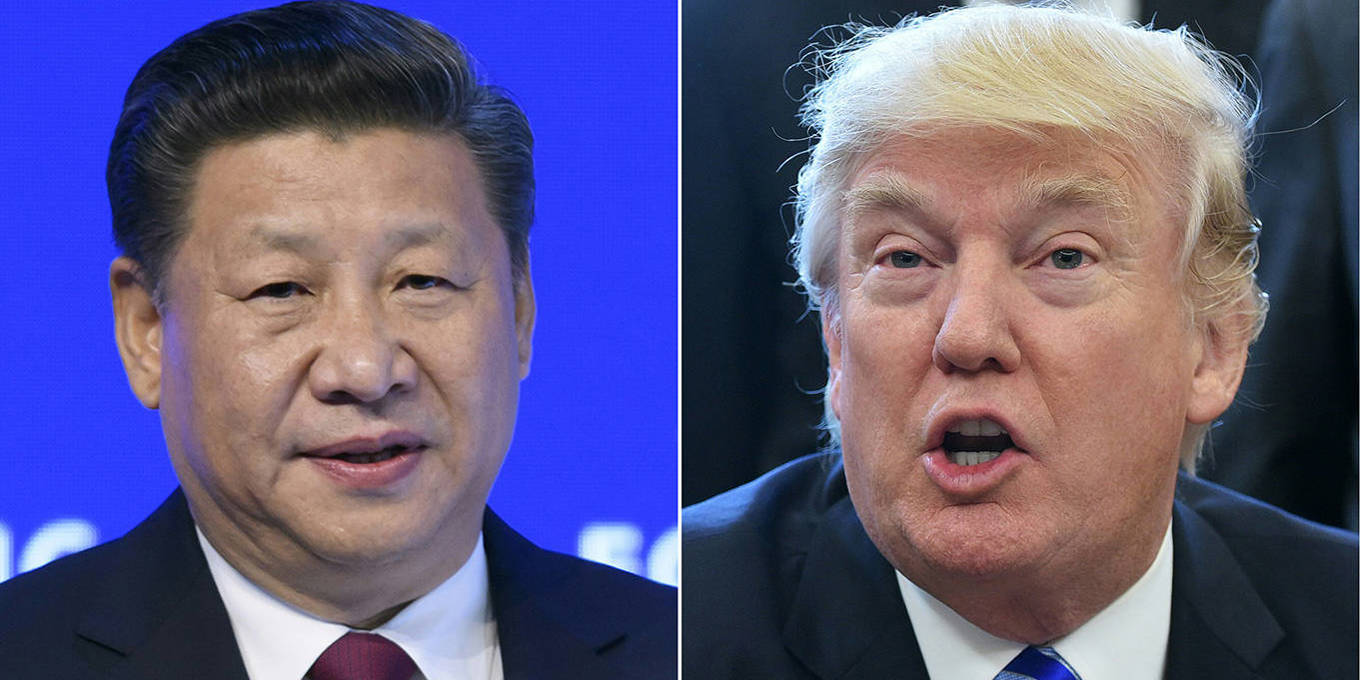Copyright Project Syndicate

PRINCETON – The world has awaited this week’s meeting between US President Donald Trump and Chinese President Xi Jinping with bated breath. Can a face-to-face encounter – this time at the Asia-Pacific Economic Cooperation Summit in South Korea – resolve a conflict that has generated increasingly alarming headlines this year? While most people regard the Sino-American rivalry as a new cold war – a struggle for global preeminence, with each side seeking to extend its financial, trade, and military influence to every corner of the world – the truth is that both countries are tightly constrained. True, their leaders’ rhetoric supports the Financial Times columnist Martin Wolf’s contention that we are witnessing a clash between two predatory superpowers in a new age of polarization and simmering conflict. Xi regularly speaks of “great changes unseen in a century,” by which he means that the United States is declining and China is rising, whereas US Treasury Secretary Scott Bessent views China’s recent export controls as “a sign of how weak their economy is.” Both sides are right. China knows that America is highly dependent on Chinese critical minerals and rare earths – from gallium and germanium to dysprosium and samarium. Any disruption to the supply of these materials could halt US production of advanced semiconductors and other technologies. While mining and processing capacity could eventually be developed elsewhere, including in the US, that will not happen quickly or cheaply. For the time being, the US is locked in its dependency, with little choice but to compromise. But China also has vulnerabilities. It still needs exports to drive its economy’s growth, and thus cannot afford a collapse in world trade. This fact alone undercuts the argument that we are in a new cold war: the original Cold War involved almost no economic dependence between the US and the Soviet Union. They might not like it, but today’s cold warriors are being pushed toward some sort of truce, on the way to some sort of longer-term commitment. Such an agreement comes with its own problems, though, given both sides’ hostile rhetoric. Over the past decade or so, US Democrats and Republicans alike have come to see China as a fundamental threat, and Chinese authorities have painted a similar picture of America. What will domestic audiences in both countries think if their leaders start pursuing rapprochement with a supposedly hostile power? The likely revulsion would be very different from the end of the Cold War, when Americans were no less heartened than Russians to see Ronald Reagan and Mikhail Gorbachev shake hands at their 1986 summit in Reykjavik. For that generation, military competition had come to look foolish; but for ours, rivalry still feels natural and inevitable. Under the circumstances, the political risks of doing a deal are huge. Both powers’ longer-term worries are even more intractable. America’s debt levels, for example, are on track to overtake those of Greece and Italy by the end of the decade, and China is facing its own economic cliff as a result of rapid aging and demographic decline. Given the scale of these challenges, today’s would-be hegemons look like giants with heads of iron but feet of clay. Both see no other choice but to gamble, and both are making the same bet. Perhaps, with sufficient investment, AI will resolve their respective difficulties. After all, those hyping the technology promise a dramatic rise in productivity. In the US, that would mean faster economic growth, automatically reducing the debt-to-GDP ratio. In China, AI, coupled with robotics, might resolve the problem of having to support a growing elderly population (not to mention supercharging the current regime of surveillance and social control). But there is no guarantee that AI investments will pay off. Both countries assume that the gains from AI will accrue primarily to the successful early mover. But this is not the only possible scenario. With a substantial advantage in advanced chips or in the equipment used to produce them, the US may well remain at the cutting edge of AI innovation; or it may not. We simply do not know how far China has gone toward developing an alternative AI system. The sudden appearance of DeepSeek – when a Chinese start-up released a high-performing generative AI model reportedly developed at a fraction of the cost of its US rivals – suggests that piggybacking is easy. With the rise of an educated, hardworking global middle class, the traditional barriers to catching up are falling away. The institutional forces that made advanced technology the exclusive preserve of advanced economies have eroded. It is all too easy to imagine big advances and breakthroughs coming from smaller countries, which would then have greater means to resist pressures from predatory superpowers. Gambling can be highly addictive. Trump has made many big bets – on peace in the Middle East, on bombing Iran, and in Ukraine – and some of them may pay off. The most recent, a $20 billion US lifeline to Argentina, was spectacularly risky, given that polls were predicting a midterm humiliation for his ideological ally, Argentine President Javier Milei. But Milei overcame the odds – for now. Trump should be careful, though. Nothing drags a gambler deeper into addiction like a big early win. If Trump and Xi are both feeling lucky, a personal encounter may lead both to raise the stakes. But if both see no other option than betting all their chips on AI, that is more a sign of desperation than of confidence.



